Q: Tell us a little bit about your recently launched iboss Distributed Gateway Platform SaaS offering and how exactly enterprises will benefit from it. What do you see as its primary value-add in this space?
The iboss Distributed Gateway Platform is built for the cloud, so it can defend today's complex and distributed networks. It features an elastic, node-based architecture that easily stretches and scales without the need to ever buy and manage expensive on-premise appliances again.
Enabling greater deployment flexibility than any other solution, the iboss Distributed Gateway Platform uses cloud gateways to secure remote offices and mobile users without the cost and hassle of backhauling data, along with optional local gateways to secure data at headquarters without the need for network rearchitecture. By removing the need for backhaul appliances and expensive VPN and MPLS links, the Distributed Gateway Platform delivers immediate ROI and reduces future costs of increasing backhauled bandwidth.
The iboss Distributed Gateway Platform fundamentally redefines the way cybersecurity is delivered and managed. Its revolutionary architecture consists of nodes – self-contained, non-shared components that deliver cybersecurity functionality and link together to provide unified protection for your organization. Because all cloud and local gateways are non-shared, customers benefit from overall system security, including complete control over change management schedules.
This unique architecture allows for the drop-in replacement of legacy SWG appliances with no disruption to the existing network topology, configuration, or processes, which shortens implementation time and reduces costs. Additionally, it provides on-demand scalability, enabling customers to easily add target capacity and capabilities to support organizational growth, increased bandwidth, and evolving requirements for device support. And regardless of whether gateways are deployed locally or in the cloud, all features, functions, policies, and security services are consistent across the distributed enterprise, regardless of device or location.
The iboss Distributed Gateway Platform is offered as a one hundred percent software as a service (SaaS) subscription. This industry-first pricing and packaging approach completely eliminates the need to purchase hardware and makes managing future growth predictable.
Q: iboss prides itself on challenging the status quo with its technologies and its delivery models. What specific shortcomings in legacy, hybrid, and all-cloud SWG options are you helping to address with your distributed model?
Traditional on-premise, hybrid, and cloud-only SWG appliances simply don't meet the needs of modern, distributed businesses. Legacy solutions either attempt to bolt on cloud capabilities to old-school appliances, or force a move entirely into the cloud.
With more mobile and remote workers using cloud-based applications, legacy SWG appliances are obsolete. These workers generate more data, requiring costly data backhaul bandwidth and additional SWG appliances. SWG vendors have approached this problem in one of two ways: hybrid or cloud-only solutions.
With hybrid solutions, legacy appliances process traffic at headquarters. A separate, cloud-based SWG manages remote and mobile traffic. This means administrators need to manage two separate systems -- a time-consuming exercise. From the user perspective, the two systems often lack feature parity, creating operational issues and weakened security.
Cloud-only SWG services require expensive network overhauls to run security in the cloud. This is costly both in terms of budget and resources. In regulated industries, cloud-only SWG solutions create compliance issues where organizations cannot guarantee the location of their data. Additionally, the multi-tenant infrastructure of cloud-only SWG solutions reduces change management control, resulting in poorly timed system updates.
The iboss Distributed Gateway Platform meets the needs of distributed organizations by addressing these challenges. Its elastic, node-based architecture eliminates the need for backhaul bandwidth appliances and expensive VPN and MPLS links. With the ability to replace legacy SWG appliances with no disruption to the existing network, implementation is fast and affordable.
iboss customers can scale seamlessly through a 100% SaaS subscription model. iboss also gives control back to its customers with non-shared cloud and local gateways that give the customer the ability to manage update schedules.
And most importantly, the iboss Distributed Gateway Platform is delivered with uniform policies, capabilities, and system management across the entire enterprise, improving overall security while reducing complexity.
Q: Why is it important for iboss to be at Black Hat USA 2017? What is your key messaging at the event this year?
Organizations are constantly faced with competitive pressures that force them to adapt their business. While an organization's technology strategies and resources should keep pace with these changes, the reality is they often lag behind. This creates a gap between how people work and how the IT infrastructure supports them. When the gap becomes too big, many problems arise, including security risks, operational disruption, compliance violations, skyrocketing costs, and poor user experience. Organizations using legacy secure web gateways lack a clear solution to these challenges, leading to escalating costs and user dissatisfaction.
At Black Hat we will be talking about how most organizations have shifted from centralized to distributed operations, and what that change means from a cybersecurity perspective. They can't continue to backhaul the skyrocketing amount of bandwidth as legacy secure web gateways require. By leveraging its system of distributed gateways iboss eliminates this challenge while simultaneously providing advanced security for all users, regardless of location.
For many organizations, compliance is one of the biggest challenges they face. In addition to defending against advanced threats, they need to ensure they are complying with regulations like HIPAA, GDPR, CIPA or PCI all while fighting against budget constraints. They need a security system that can pair advanced defense with the quality audit trails and reporting required by most compliance programs.
Black Hat is where security industry gathers to discuss how we can defend against the advanced threats facing organizations around the world. It is our responsibility to provide solutions that can keep businesses safe without hindering their operations or growth. We're looking forward to discussing how iboss is helping achieve that goal with our peers and how the Distributed Gateway Platform is revolutionizing the Secure Web Gateway space.











